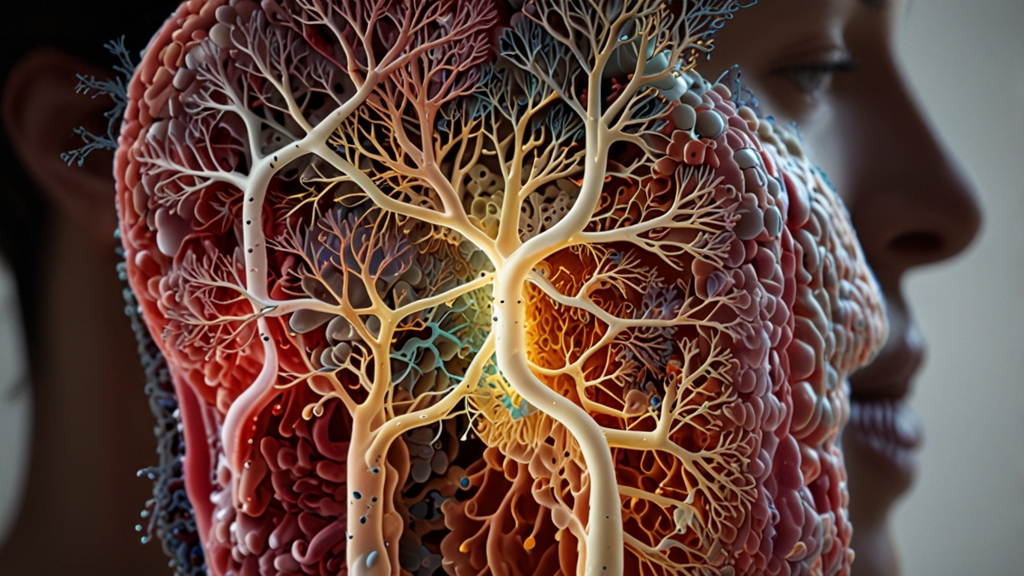Riddles That Have Stumped Generations—Can You Solve Them?
Riddles have been an essential part of human culture for centuries. They serve not only as a form of entertainment but also as a cognitive exercise. From ancient civilizations to modern times, riddles continue to intrigue and challenge us. Some riddles are so intricately crafted that they have stumped generations. But the real question is, can you solve them? Let's delve into some classic riddles that have baffled even the sharpest minds.
The Sphinx's Riddle
Perhaps one of the most famous riddles comes from ancient Greek mythology. The Sphinx, a mythical creature with the body of a lion and the head of a human, posed the following riddle to travelers:
What walks on four legs in the morning, two legs at noon, and three legs in the evening?
Many met their demise because they couldn't solve the riddle. The answer? A human being. In the morning of life (infancy), a person crawls on all fours. At noon (adulthood), they walk on two legs. In the evening (old age), they use a cane, symbolizing the third leg.
The Riddle of the Sages
Another ancient riddle has roots in Persian literature. It’s said that wise men often asked it to test the intellect of their peers:
I speak without a mouth and hear without ears. I have no body, but I come alive with the wind. What am I?
This riddle hinges on the understanding of intangible concepts. The answer is an echo. An echo speaks without a mouth and hears without ears, coming alive when sound waves bounce back.
The Riddle of the Twins
Here’s a classic logic puzzle that has confounded many:
Two doors, two guards. One door leads to freedom, the other to certain death. One guard always tells the truth, and the other always lies. You can only ask one question to find out which door leads to freedom. What do you ask?
This riddle explores themes of truth and deceit. The trick is to ask either guard this question: "If I were to ask the other guard which door leads to freedom, what would he say?" Then, choose the opposite door. This question forces the liar and the truth-teller to contradict each other, revealing the safe door indirectly.
The River Crossing Riddle
A riddle that has been used in various forms across different cultures involves a farmer trying to cross a river with a wolf, a goat, and a cabbage. The boat can only carry the farmer and one other item at a time. If left alone, the wolf will eat the goat, and the goat will eat the cabbage. How does the farmer get everything across safely?
The solution requires several trips:
- Take the goat across first.
- Return and take the wolf across.
- Bring the goat back.
- Take the cabbage across.
- Return to get the goat.
By carefully planning each step, the farmer ensures that none of the items are left alone together, thus solving the riddle.
Conclusion
Riddles have stood the test of time, captivating us with their blend of simplicity and complexity. They challenge our problem-solving skills and force us to think outside the box. Have you managed to solve all the riddles mentioned above? If so, you can consider yourself among the thinking elite! If not, don't worry—these riddles have stumped some of the brightest minds for generations. Keep pondering, and maybe one day, the answers will come to you.










